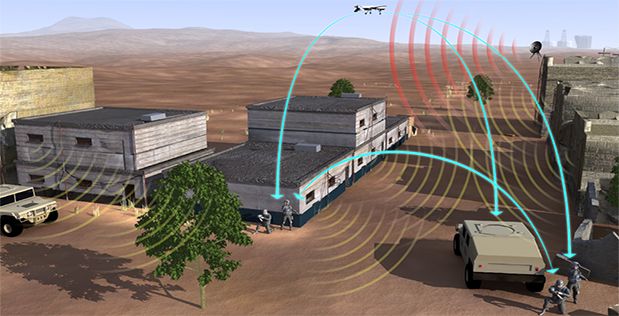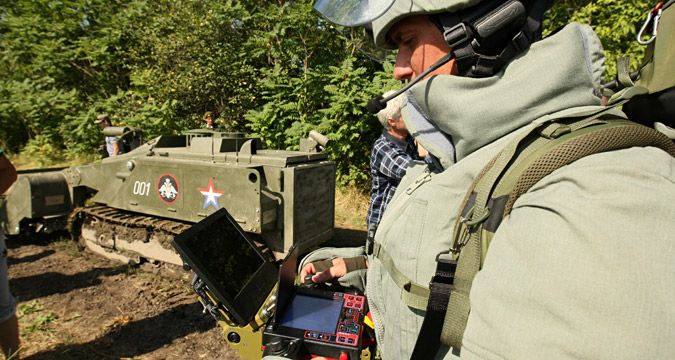I usually never post articles like this one; however, it does raise a question for me. Could both defense and homeland security needs in addressing risks, and other emergencies really propel us sooner than later into singularity in order to ensure citizens their own protection. As other country militaries race to improve their own military AI & robotic capabilities. https://lnkd.in/ebMQ3Ab
If you thought Enhanced Human Operations (EHO) were an extravagant fantasy of Hollywood films and video games, then think again. Russia and China are involved in EHO, the act of modifying the brain and body in order to create “super soldiers” who will have the upper hand in battles.
Understandably, the United States is concerned about the prospect of having to join Russia and China by going down the Enhanced Human Operations route.
In a recent press conference, Bob Work, US Deputy Defense Secretary, warned that the US could be at risk of losing its “military competitive edge” if it fails to pursue military technology involved artificial intelligence.








